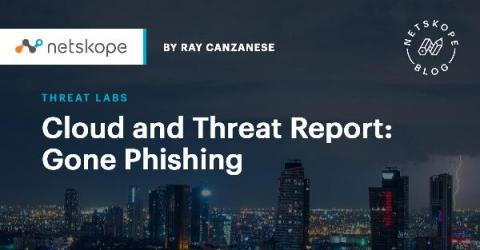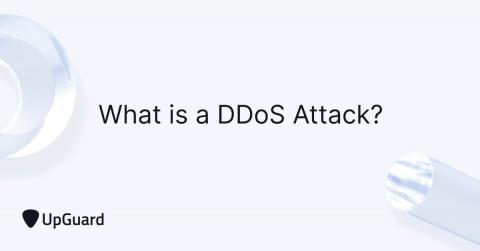Cloud and Threat Report: Gone Phishing
The total number of phishing attacks doubled in 2020, with phishing for cloud credentials, specifically SaaS and webmail app credentials, accounting for nearly a third of the targets of phishing campaigns. Over the same period, we saw cybercriminals hosting 13% of their baits in cloud apps. This blog post summarizes the top phishing trends from 2020 and looks forward at what to expect for the rest of 2021.











